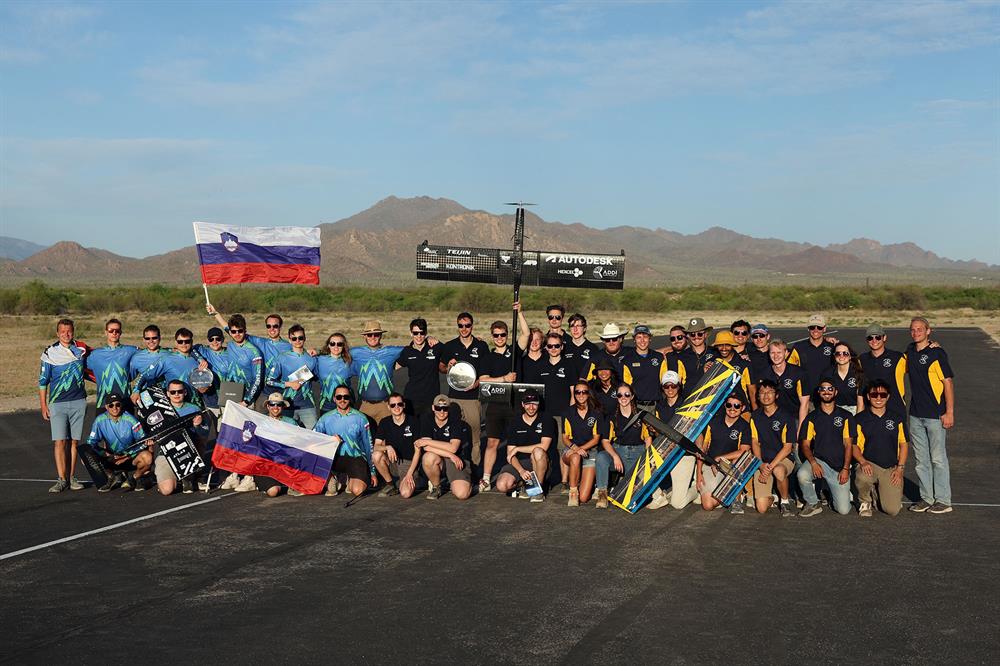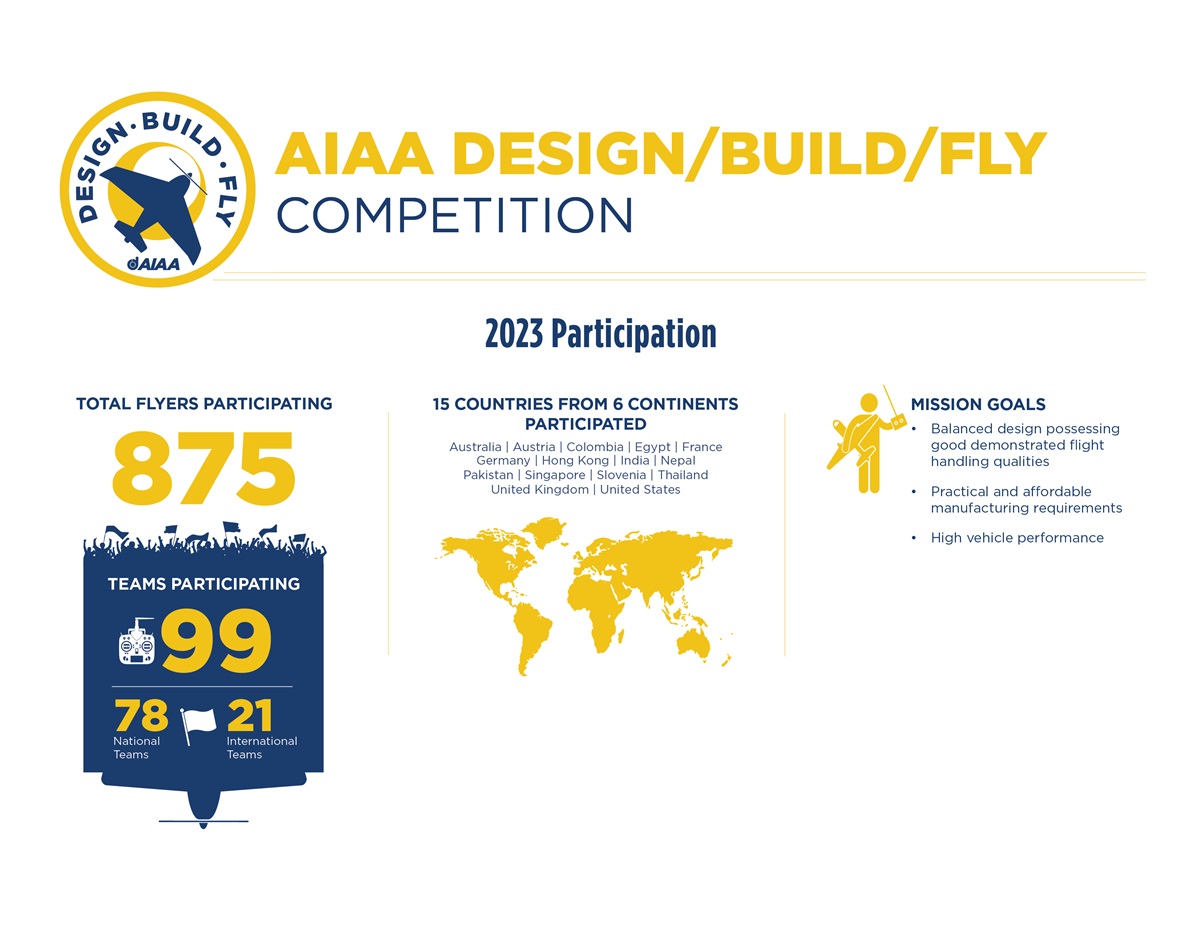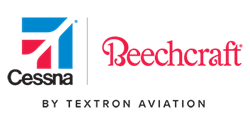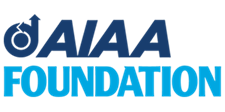28th Design/Build/Fly Competition
Teams are invited to participate in the 28th Design/Build/Fly competition, hosted by Textron Aviation in Wichita, KS.
Submissions Closed
Design Report submission window open 1-23 February 2024.
For questions, please contact us at studentprogram@aiaa.org.
2024 Fly-Off
The DBF Organizing Committee has selected 18–21 April 2024 as the tentative dates of the 2024 Design/Build/Fly Competition. Please see the draft rules for more information about the mission and fly-off.
 NEW FOR 2024: All team members
must have a valid AIAA Student Membership. Membership numbers of all team members must be submitted with the team rosters during the initial proposal round. You may join at any time by going to the AIAA Student Membership website. Membership numbers are provided instantly upon payment of membership fees.
NEW FOR 2024: All team members
must have a valid AIAA Student Membership. Membership numbers of all team members must be submitted with the team rosters during the initial proposal round. You may join at any time by going to the AIAA Student Membership website. Membership numbers are provided instantly upon payment of membership fees. NEW FOR 2024: All
teams and students participating in DBF are expected to uphold the highest standards of sportsmanship during the competition and abide by the AIAA Code of Ethics.
Attempts to intentionally violate the rules or negatively impact the performance of other teams will not be tolerated. Penalties for violations will be decided by the Contest Administration and may range from a warning to a loss of flight
score up to disqualification from the current and future competitions.
NEW FOR 2024: All
teams and students participating in DBF are expected to uphold the highest standards of sportsmanship during the competition and abide by the AIAA Code of Ethics.
Attempts to intentionally violate the rules or negatively impact the performance of other teams will not be tolerated. Penalties for violations will be decided by the Contest Administration and may range from a warning to a loss of flight
score up to disqualification from the current and future competitions. * As stated in the rules, no technical rules questions will be answered by the DBF Director until after the close of the entry period. You must submit your technical questions after 31 Oct.
2023 Competition Photos
All teams and spectators attending DBF, please use #AIAADBF when you Tweet, post to your Instagram stories, or share on Facebook. Please make sure you’re following AIAA and you might get retweeted/shared!
Contact for Questions:
Technical or Rules Questions: director@aiaadbf.org
Submission Portal or Event Questions: studentprogram@aiaa.org

About Design/Build/Fly
The 2023-2024 Design/Build/Fly Competition will celebrate its 28th year. Started in 1996 by the AIAA Applied Aerodynamics, Aircraft Design, Design Engineering and Flight Test Technical Committees as an opportunity for university students to apply real-world aircraft design experience by giving them the opportunity to validate their analytic studies.
Student teams will design, fabricate, and demonstrate the flight capabilities of an unmanned, electric powered, radio-controlled aircraft which can best meet the specified mission profile. The goal is a balanced design possessing good demonstrated flight handling qualities and practical and affordable manufacturing requirements while providing a high vehicle performance.
To encourage innovation and maintain a fresh design challenge for each new year’s participants, the design requirements and performance objective will be updated for each new contest year. The changes will provide new design requirements and opportunities, while allowing for application of technology developed by the teams from prior years.






